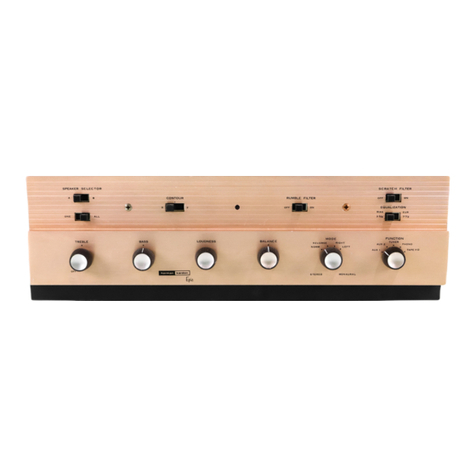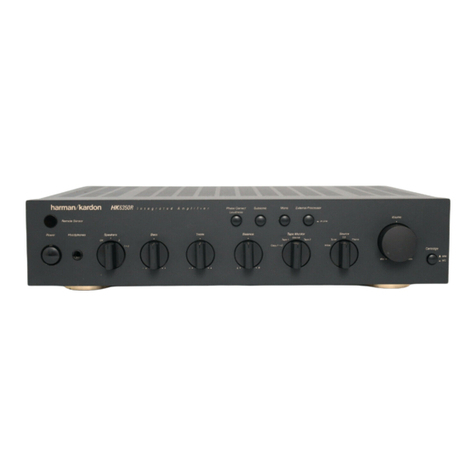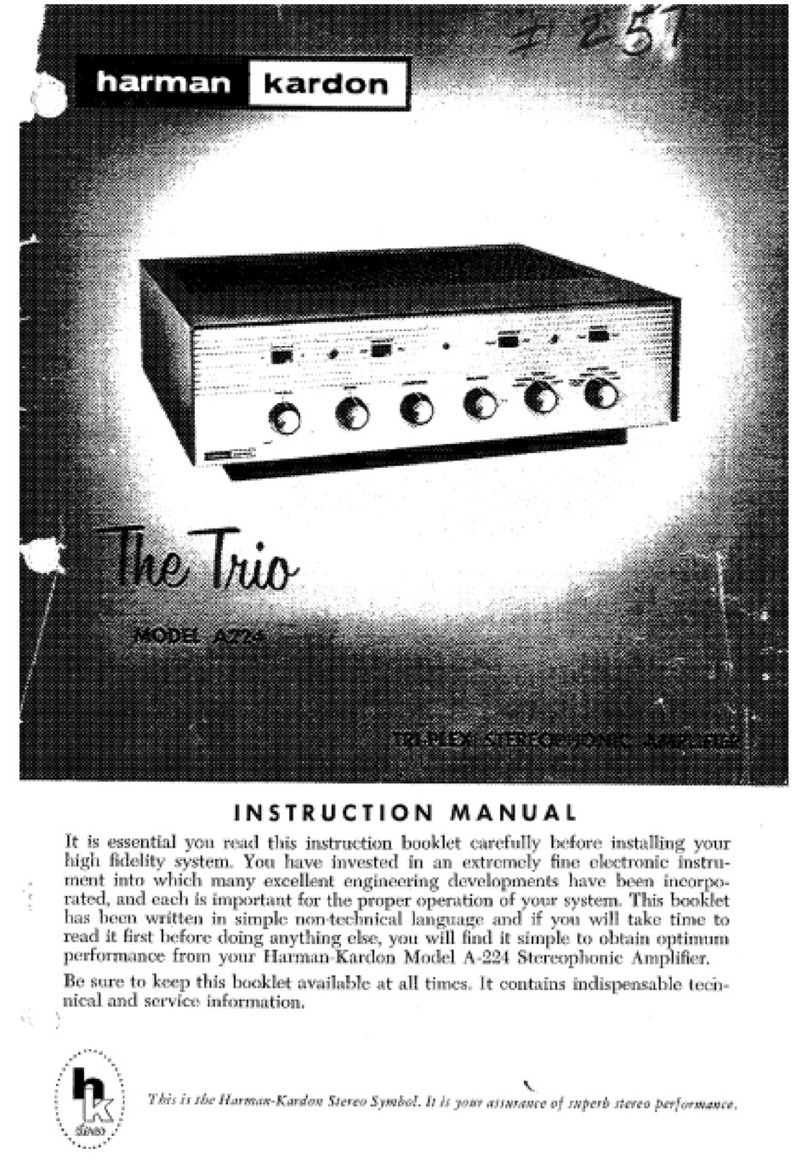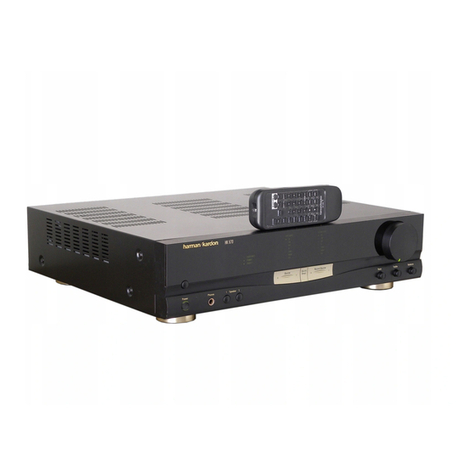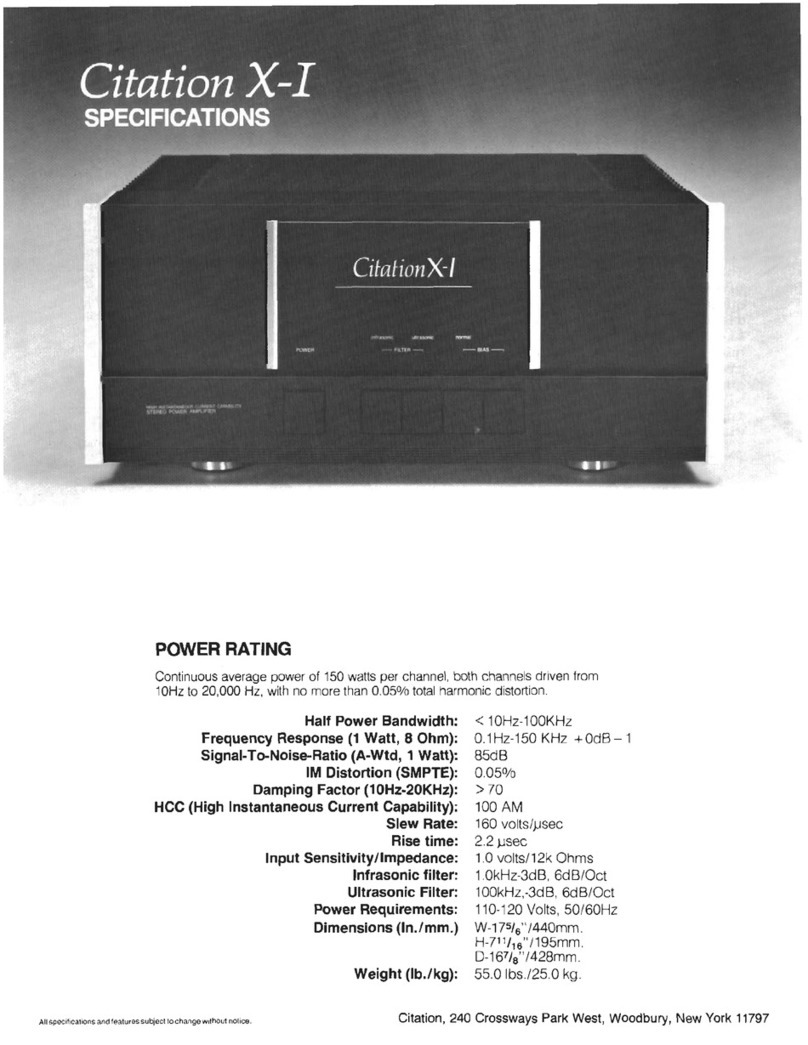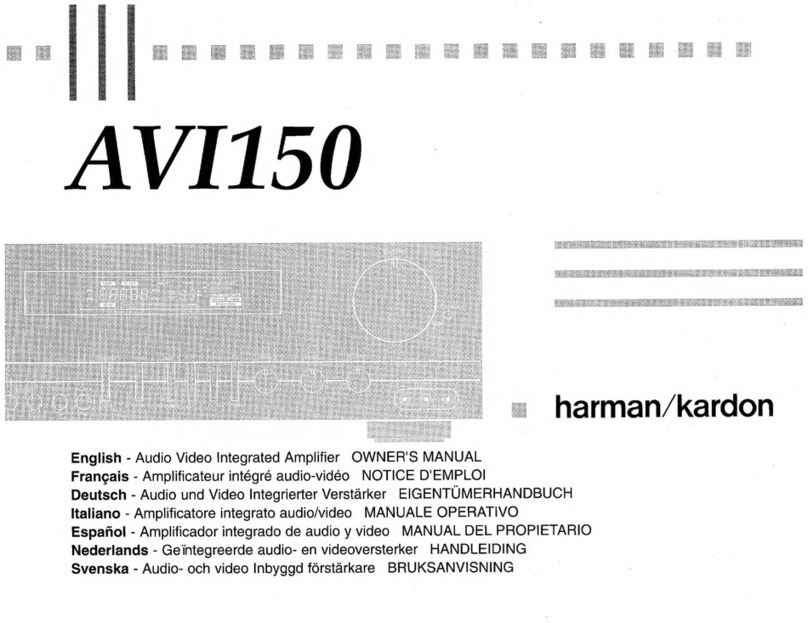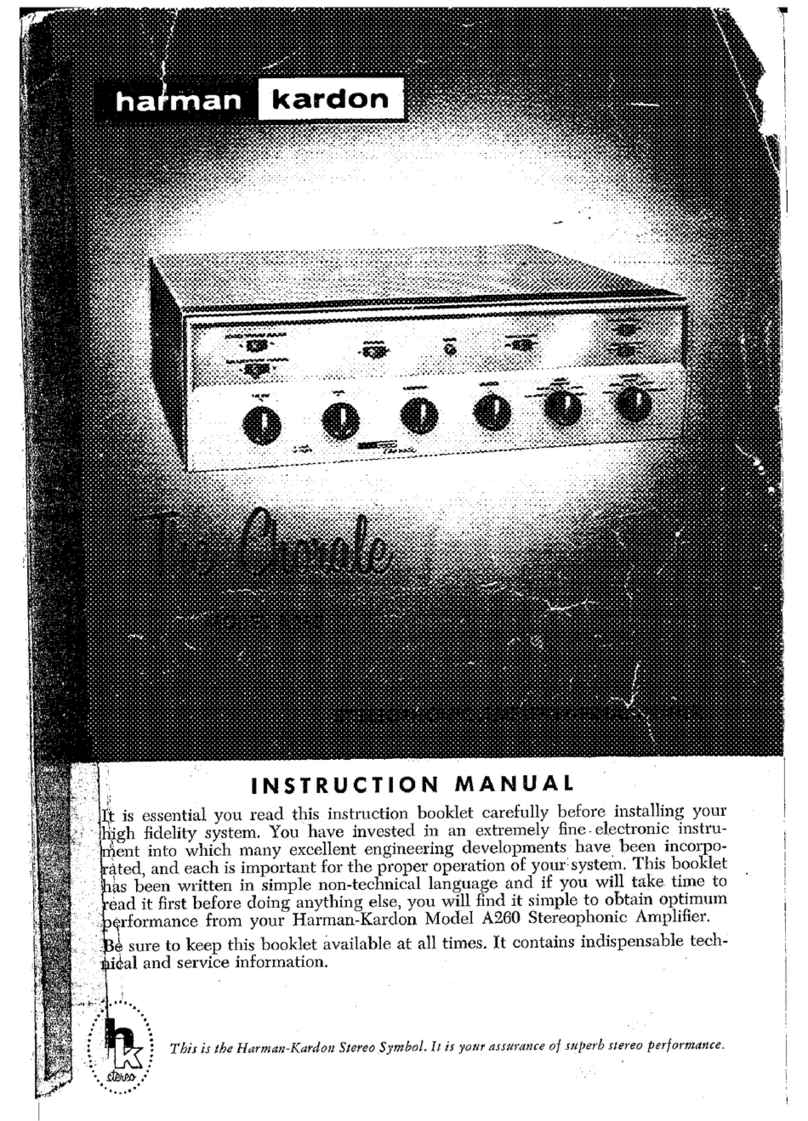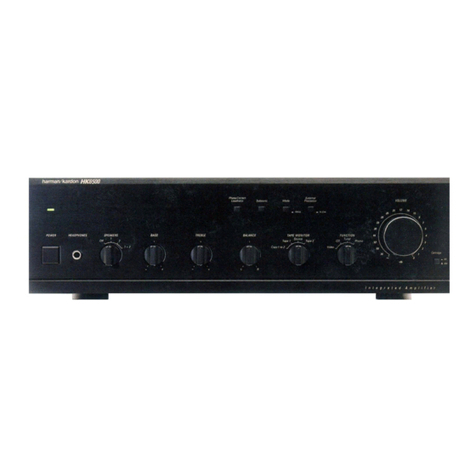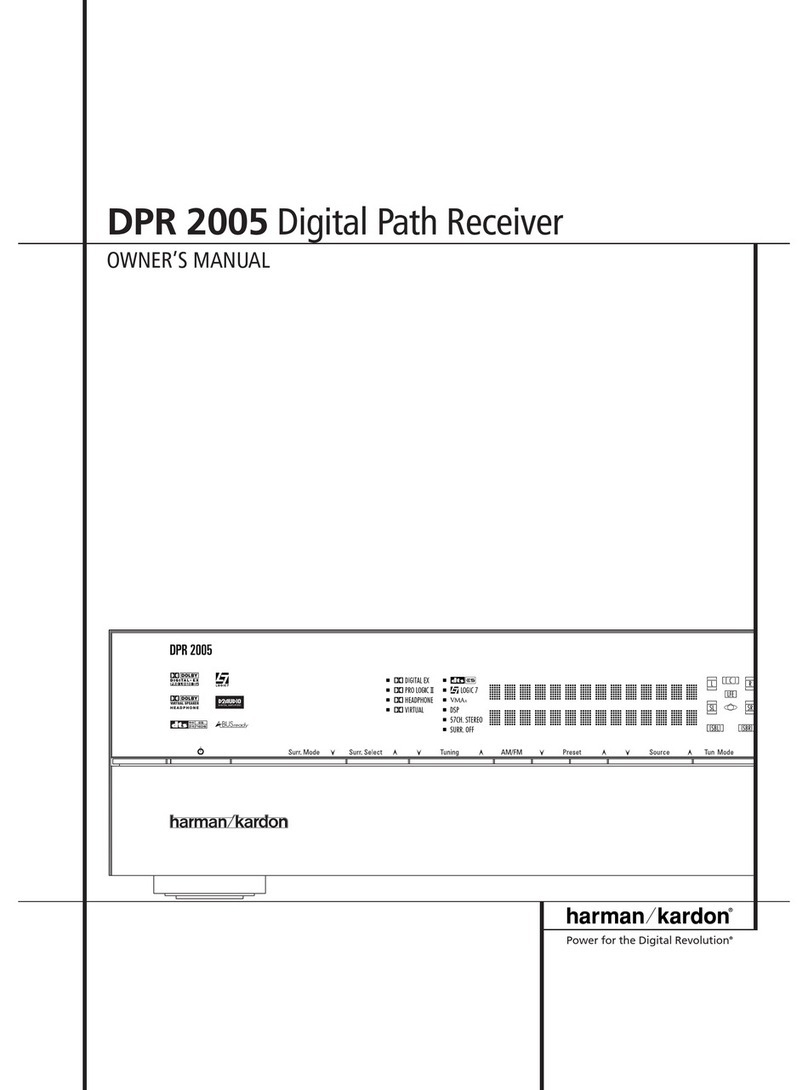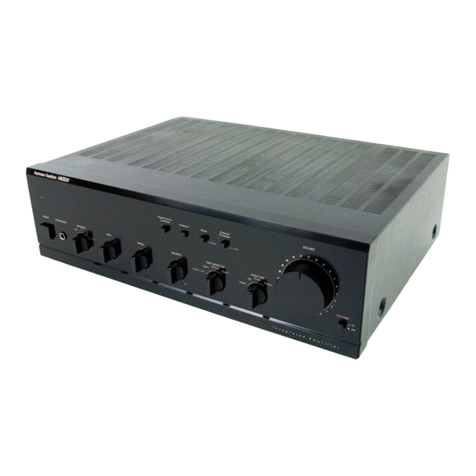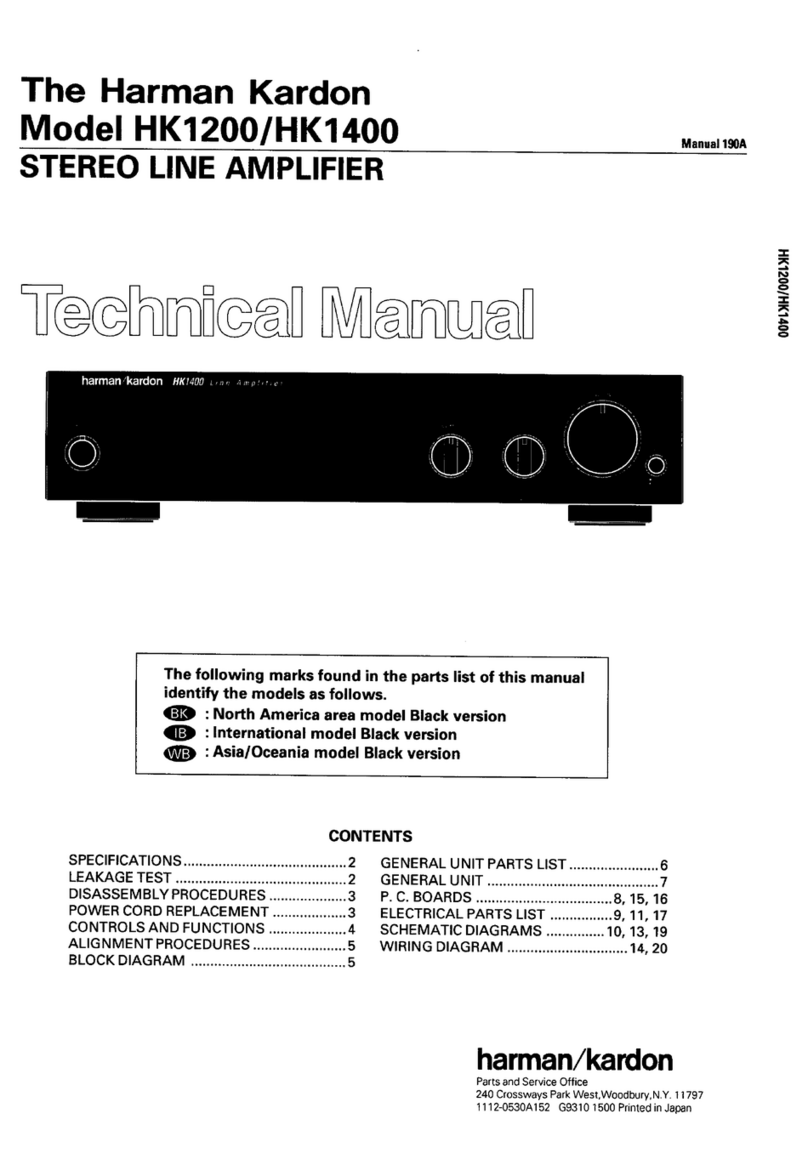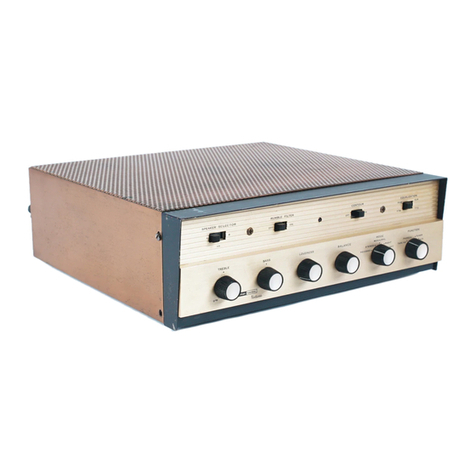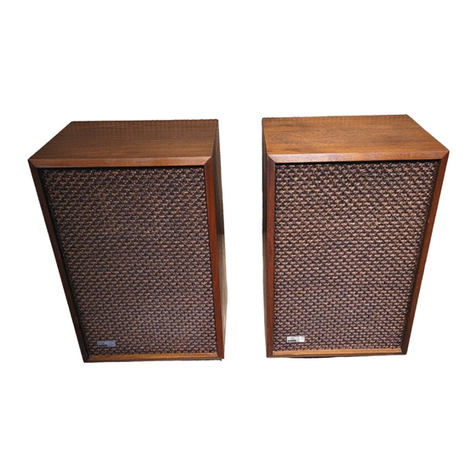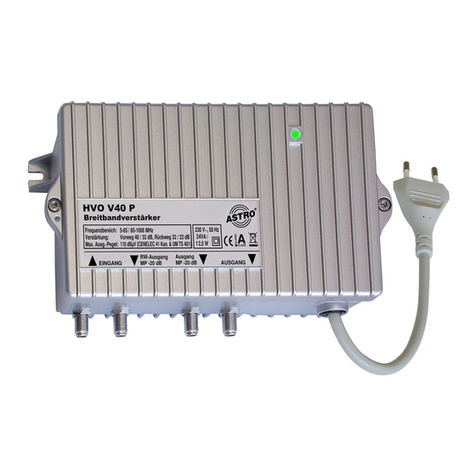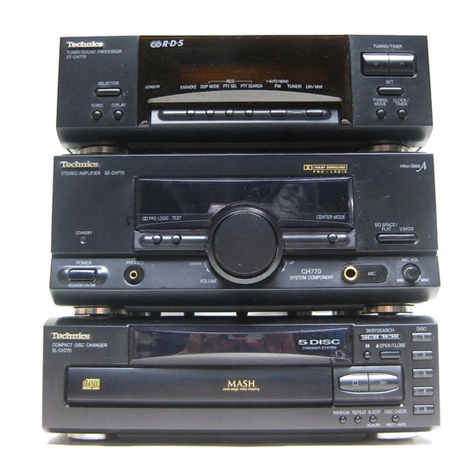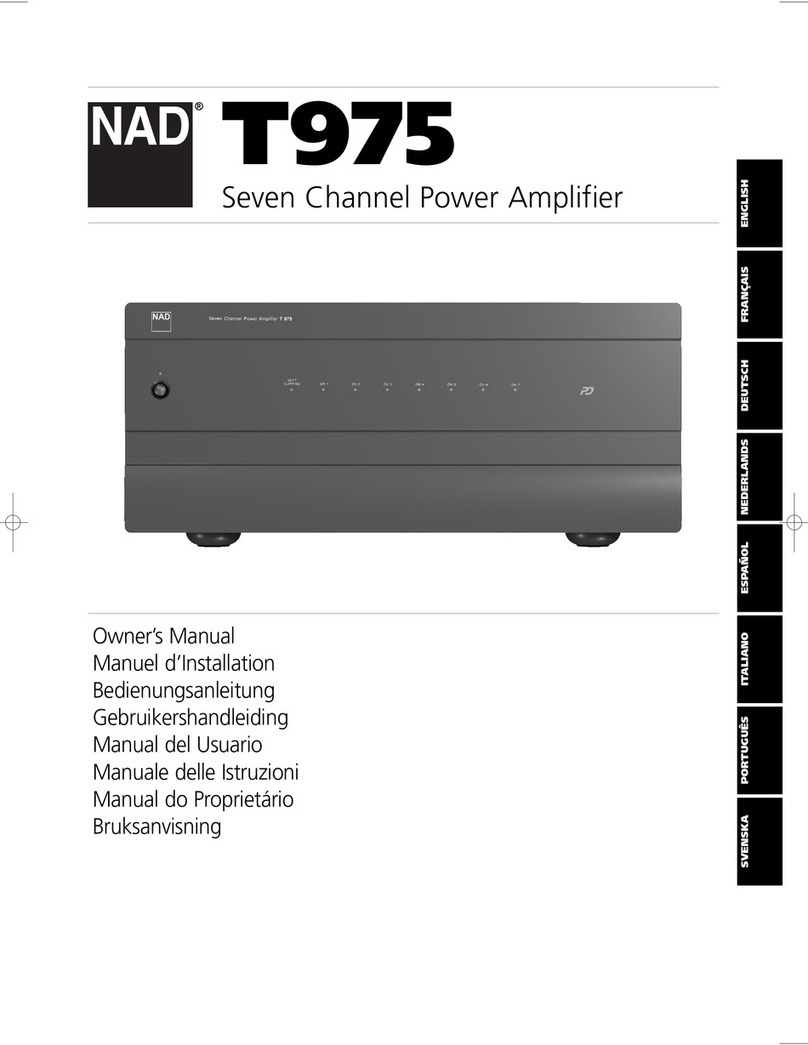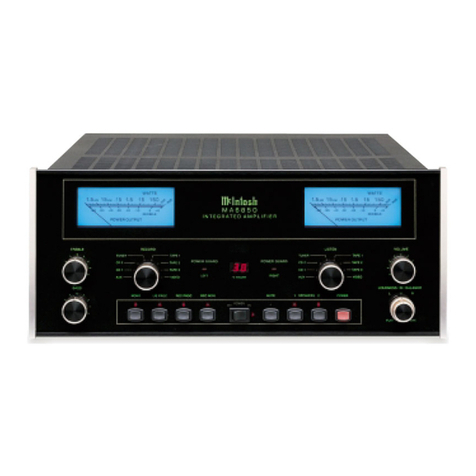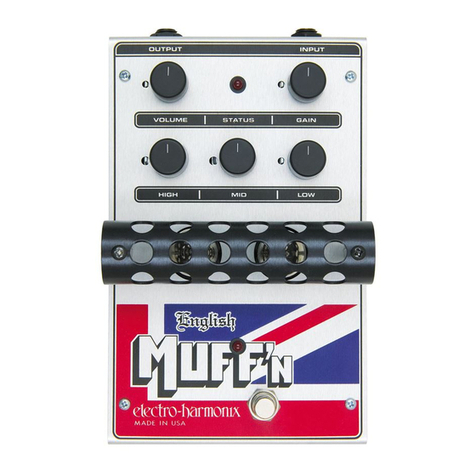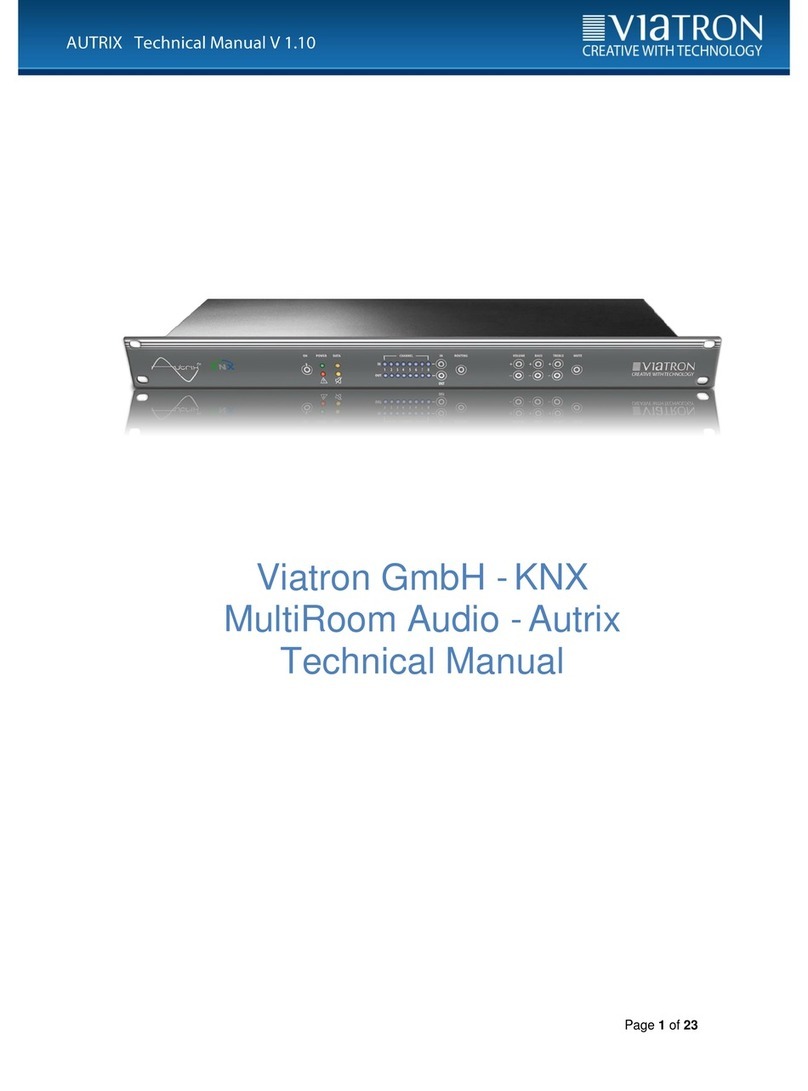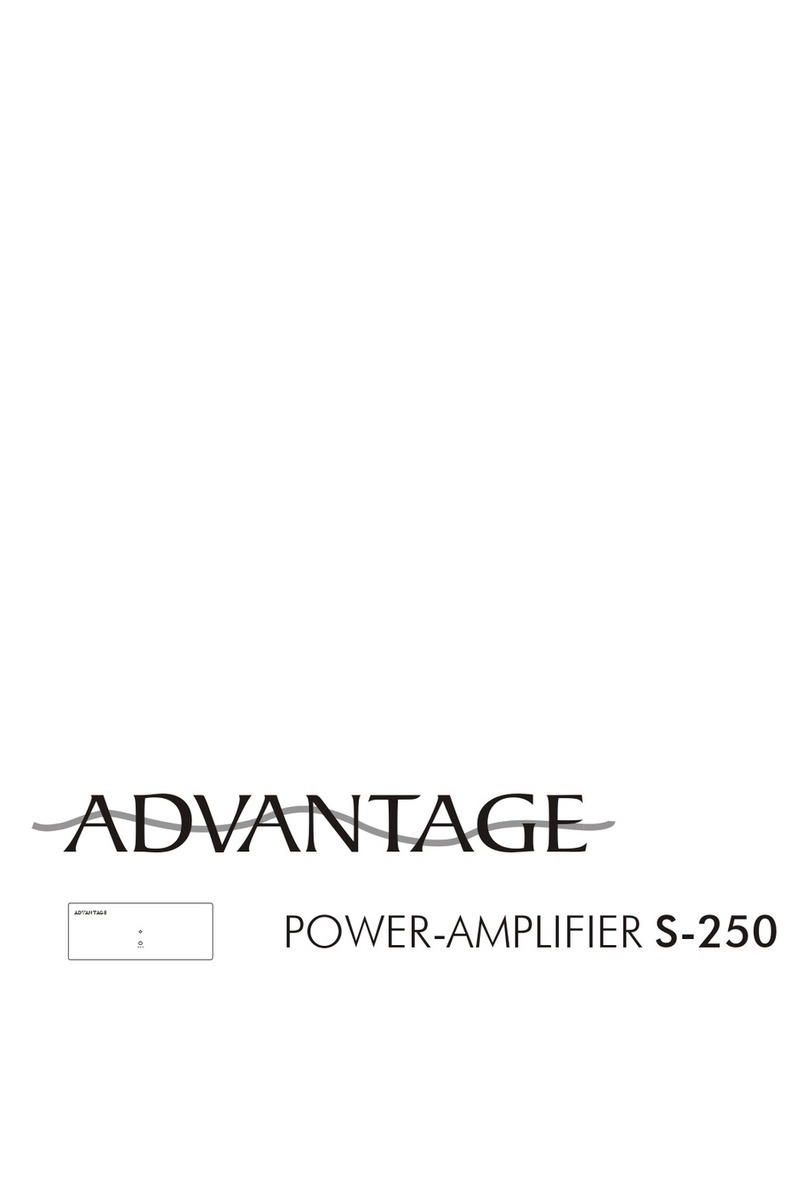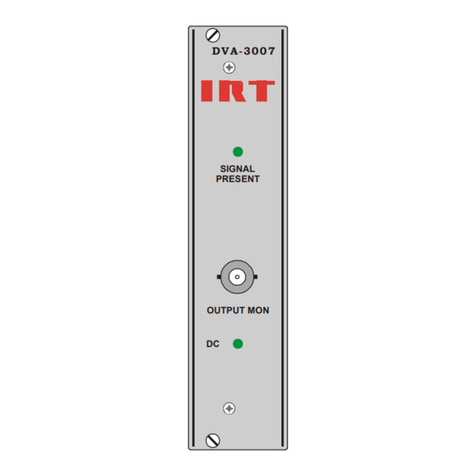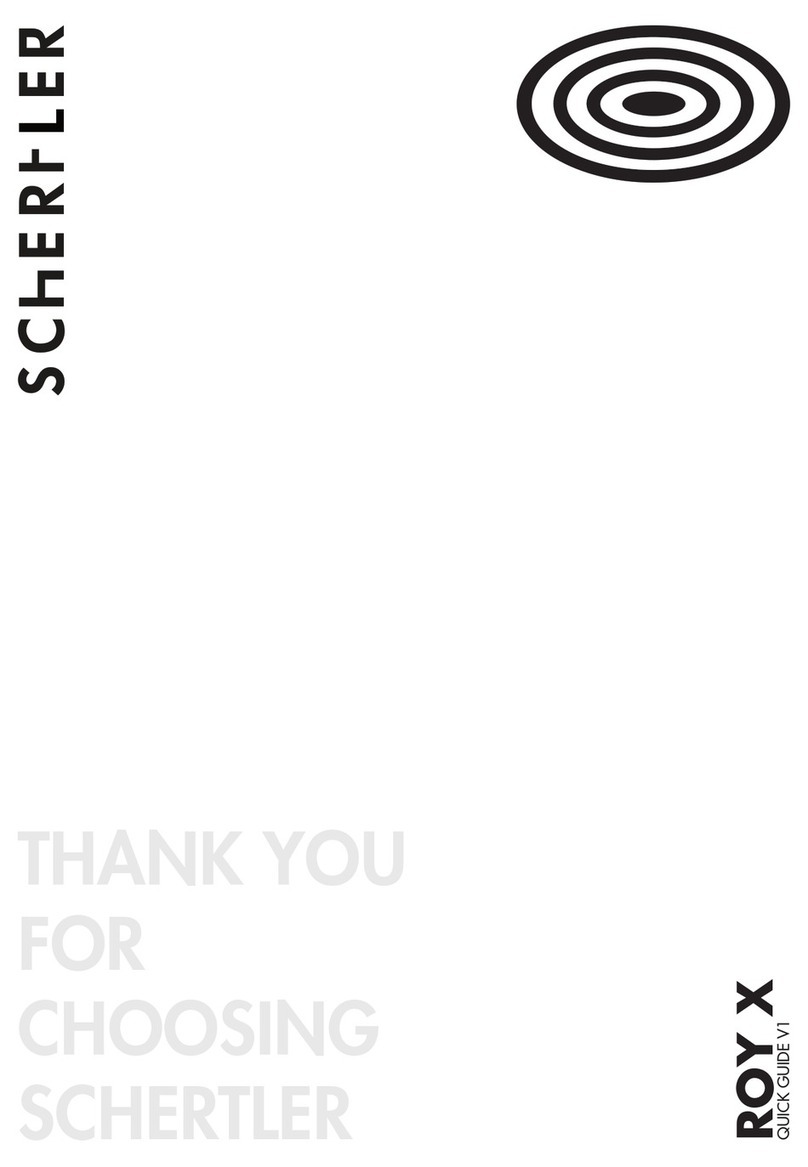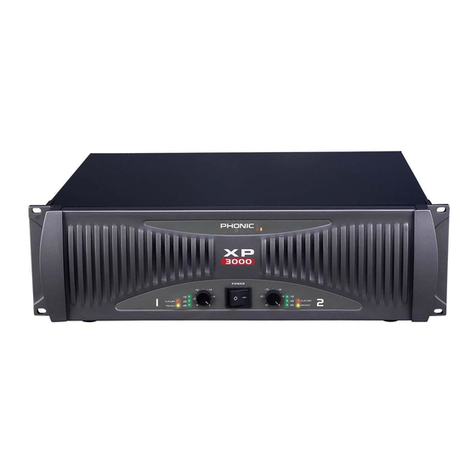
fuse (not supplied) should be placed in line with this
wire at a location near the battery in order to guard
against shorting in the wire run.
6. Run the black Ground lead from the power connector
directly to the vehicle frame or other solid ground path
closest to the CSP-1 installation site.
7. Run the yellow remote on wire from the power con-
nector to the head unit remote turn on wire.
8. lnstall the bypass switch in the desired location. The
r switch may be installed with or without the metal trim
panel.
9. Run the bypass switch harness from the location
where you have chosen to install the bypass switch to
the CSP 1. Connect one of the wires on the switch to
the nearest available ground with the other connected
to the bypass input on the power connector of the
CSP-1.
10. Plug the four pin power connector into the CSP-1 .
11. Follow directions in the "SYSTEM ADJUSTMENT"
section.
12. Connect either two or four RCA inputs from the head
unit into the CSP-1 input jacks.
13. Connect the output jacks of the CSP-1 to the ampli-
fiers as appropriate for your installation.
SELECTING NEW CROSSOVER FREQUENCIES
Crossover frequencies are adjustable by changing two 16
pin DIP resistor packs on the circuit board (see next sec-
tion for replacement procedure). One is marked "Hl
PASS', and the other "LOW PASS". The High Pass section
affects the high frequencies that are directed to the high-
separation surround processor section. The Low Pass sec-
tion affects the low frequencies that are directed to the
subwoofer outputs and corner channels (with the sub-
woofer switch off). The optimum crossover point is approxi-
mately 25O Hz. lf the crossover point is made too high, a
loss of separation can result; lf the crossover point is made
too low, a loss of bass can result.
Differences among.various loudspeakers may require a dif-
ferent frequency than the standard 250 Hz. A higher
crossover point may be necessary if the five main speakers
have a very limited output capability al25O Hz (this is rare).
A lower crossover point may be necessary if stereo sub-
woofers are not used. The 25O Hz crossover point should
be auditioned before making a change. lt will usually be
satisfactory. The optimum crossover point may be different
than conventional stereo installations due to the high-
separation directional effects capability of the surround
processor.
lf your system requires crossover frequencies different
from the factory settings, they can be obtained by deter-
mining new resistor module values and then replacing the
factory modules with modules of the new valueS. To deter-
mine the new values, see the following chart.
The resistor value can also be calculated by dividing
820,000 by the desired crossover frequency.
820,000
R= Crossover Frequency




